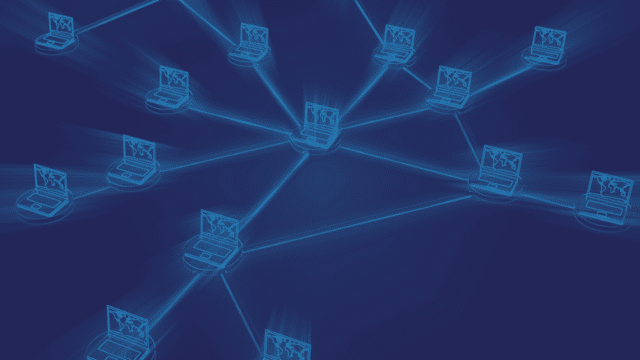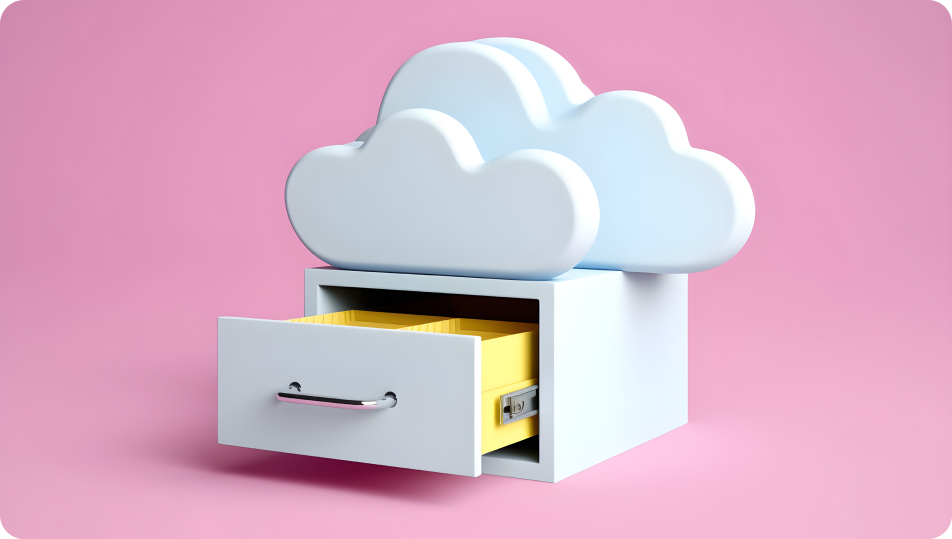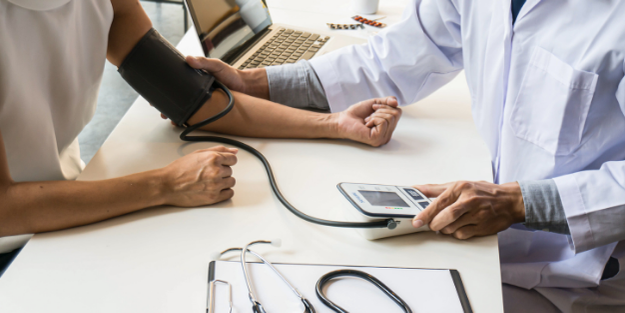A Practical Guide for Healthcare Teams and Organizations
Faxing remains a common way to share patient records between providers, specialists, insurers, and other authorized parties. But when medical information is involved, faxing is no longer just a workflow it becomes a compliance responsibility.
This blog breaks down what HIPAA-compliant faxing looks like, how to avoid common risks, and what practical steps your team can take to stay on the right side of regulations while keeping communication efficient.
Table of Contents
Can You Fax Medical Records Under HIPAA?
Yes. HIPAA does not prohibit faxing, but it requires that certain safeguards are in place when transmitting Protected Health Information (PHI).
If your organization uses faxing to share patient information, it must do so in a way that protects confidentiality, limits access, and creates a record of what was sent and to whom. This applies whether you’re using a physical fax machine or a digital system.
What HIPAA Requires When Faxing PHI
HIPAA sets standards to prevent unauthorized access and loss of patient information. These are the key areas that apply to faxing:
- Access Control
Only authorized users should be able to send or view faxed PHI. Whether digital or paper-based, systems must prevent casual or accidental access. - Audit Tracking
There should be a way to confirm who sent or received each fax, when it happened, and where it was sent. This is especially important in case of errors or audits. - Transmission Safeguards
HIPAA expects “reasonable” measures to protect information while it’s being sent. For faxes, this includes:- Double-checking fax numbers
- Using secure delivery systems
- Confirming receipt with the intended recipient
- Data Security (Storage and Disposal)
Any PHI stored — whether printed or digital — must be protected. That means locking down access, encrypting digital records, and ensuring proper disposal of paper faxes.
Common Risks With Traditional Faxing
Standard fax machines are still used in many healthcare offices, but they often introduce risks without teams realizing it:- Faxes left unattended on machines
- Miskeyed numbers sending data to the wrong recipient
- No way to verify who accessed or received the document
- Shared use of devices without user tracking
Ways to Fax Securely and Reduce Risk
You don’t need to make changes overnight. Here are straightforward steps your organization can take to make faxing safer:- Use a cover sheet that limits exposure of patient info
- Verify numbers manually before hitting send
- Train staff regularly on secure handling and what to do if a fax goes to the wrong number
- Limit access to faxed documents — digital or physical
- Log all fax activity (sending, receiving, users involved)
- Consider secure digital faxing tools with built-in encryption and access controls
Cloud Faxing Can Simplify HIPAA Compliance
Faxing can meet HIPAA requirements, but manual, paper-based systems often make compliance harder than it needs to be. Tracking, securing, and auditing faxes manually introduces room for error — especially in busy environments. If your team relies on faxing to share medical records, cloud-based fax solutions offer a more manageable and secure way to meet compliance standards. Cloud fax platforms typically include:- End-to-end encryption for faxes in transit and at rest
- Automated activity logs, so every fax sent or received is traceable
- User access controls to limit who can send, view, or manage sensitive information
- Delivery confirmations and error alerts to reduce the risk of missed or misdirected faxes
- Centralized, secure storage to avoid printed copies being misplaced or exposed
Moving Toward More Reliable, Secure Faxing
Faxing medical records doesn’t have to mean managing machines, paper logs, or manual troubleshooting. Cloud faxing keeps the speed and familiarity of traditional faxing, while addressing many of the risks that lead to compliance issues. To evaluate how your current process measures up, consider:- How is PHI faxed today — through a machine, email, or portal?
- Can you verify whether each fax was successfully sent and received?
- Who can access faxed records — and how is that access managed?
- Are errors tracked and logged clearly for follow-up or audits?





